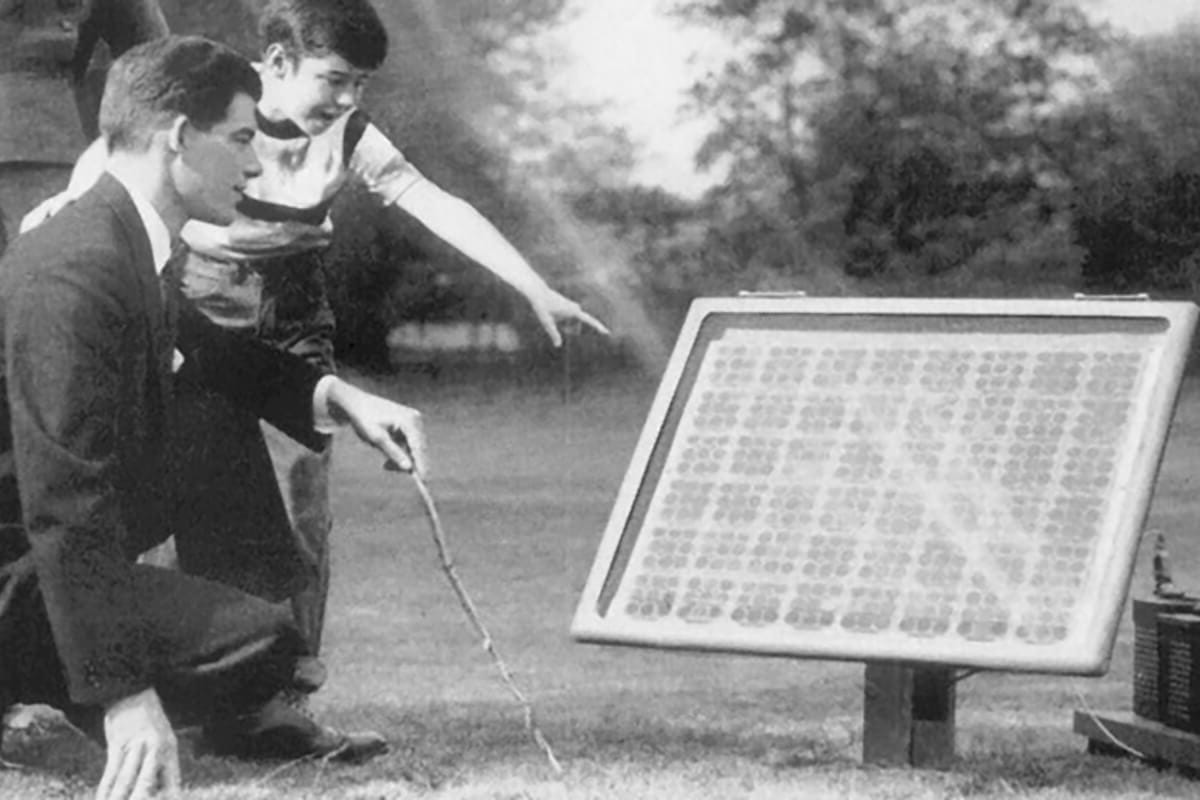
The California solar electric industry has been around since the late 1970’s. In the early days, solar was mostly used for back-to-the-woods off-grid living, and illegal marijuana growing. Solar was very expensive. Solar became more accessible when it became economically justifiable for regular people. This happened in California when net-metering laws were enacted in 1996. These laws forced utilities to compensate for daytime solar production so that customers could offset both daytime and nighttime electric charges.
Solar in California grew dramatically with the introduction of the California Solar Initiative on January 1, 2007. This rebate program initially incentivized solar at a high rate, when solar was expensive. Then as more solar was installed and as solar became less expensive, the rebates gradually decreased until they were gone.
The federal tax credit began in 2005 at $2000. Then in 2009, the federal tax credit increased to a full 30% of the contract price. This tax credit will begin stepping down after 2019, and it will disappear altogether after 2021.
By the time the rebates through the California Solar Initiative were exhausted, the reliability of solar had improved, the cost of solar had fallen, and utility rates had increased. Online production monitoring also had become standard, so that homeowners could make sure their systems were always working properly. This translates now into a very high return on investment (ROI) for homeowners who chose to buy solar.
During the Great Recession, the housing market was declining and solar financing become more difficult for homeowners to secure. This lead to the advent of the residential solar lease and Power Purchase Agreement (PPA). Under this program, the homeowner pays a monthly fee for the benefit of the solar electric production, but they do not actually own the solar system itself.
The lease/PPA briefly became the dominate method homeowners nationally used to go solar, topping out at almost 72% of the 2014 market. But since then, the substantial downsides of the solar lease/PPA have become more widely recognized, and solar loans have become more widely available. Now in 2018, about 70% of California homeowners going solar are choosing to purchase their solar system (with or without a loan).
The proportion of electricity on the California utility grid has grown substantially, and more solar is coming online everyday. Homeowners who felt that solar did not make economic sense 5-10 years ago are finding that today’s lower solar prices and higher electricity prices have changed the equation.
As solar becomes a greater part of our California energy mix, the electric utilities will push for new rules governing homeowners who go solar; generally existing solar customers at the time of the rule changes are “grandfathered” under the old rules for a period of time.

